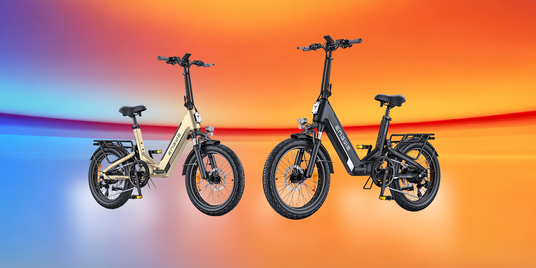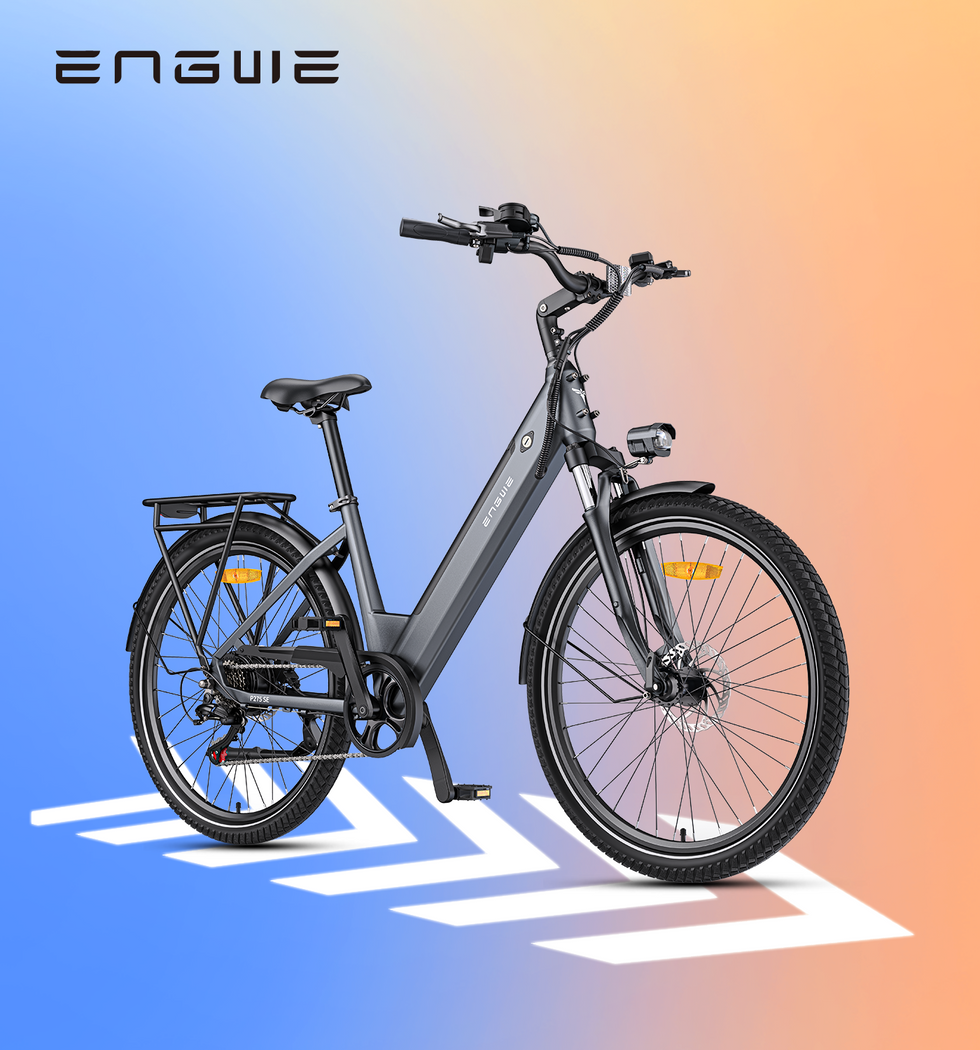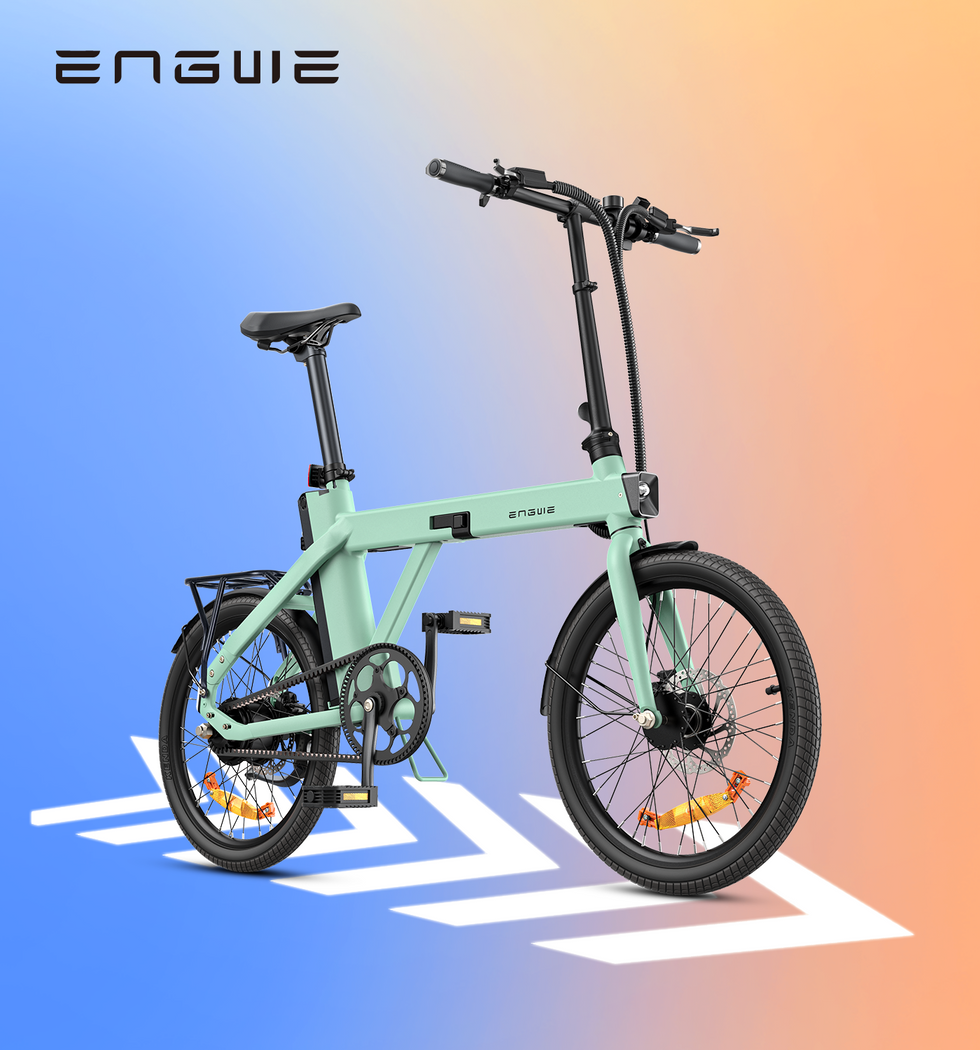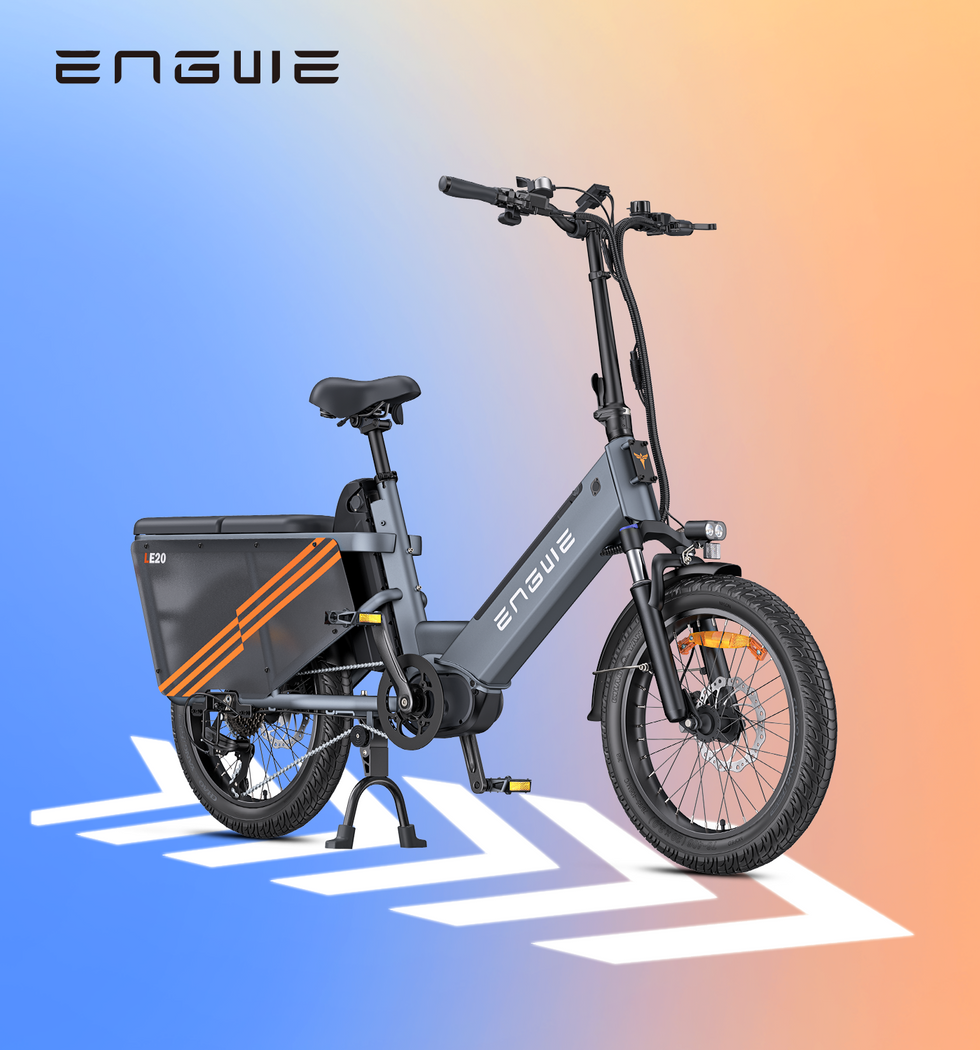The romantic idea of living in a city can run into the concrete limitations of space, long commutes and other logistical challenges. You want the freedom of a bike, the power of a motor, but the idea of lugging a full-sized bike up three flights of stairs or jamming it onto an overcrowded train is off-putting for anyone. And that’s where the portable electric bike comes in, not as a surrender, but as an ingenious answer to life in the city today. It is freedom on your terms, the ability to combine cycling with public transport, or stash a well-used ride away neatly in your life. But with all the choices, how do you separate the truly helpful from the gimmicks? This guide is intended to lead you through the most important elements, from the rider’s perspective who has been there and done that.
To guide our thinking, let’s start with some key questions a prospective buyer like you is likely asking. This list of core issues and the features that address them serves as a blueprint to pinpoint the perfect portable e-bike for you.
| User Problem or Question | Key Features | Why It Matters for a Portable E-Bike |
|---|---|---|
| “I have nowhere to put a bike.” | Collapsible folding. Small in size when it's folded down. | The reason you are purchasing one. It should be able to stow under a desk, in a cupboard or in a car boot with no trouble at all. |
| “There’s some lifting involved to get it on a train or up stairs.” | Total weight, carry handles, the way it folds up nicely balanced. | If it’s too heavy or unwieldy to carry when it’s folded, what’s the point? Find a weight that is manageable for you. |
| “Can it handle hills?” | Motor power (EU legal is 250W), torque (Nm). | Portability shouldn’t mean sacrificing power. More torque (50Nm+) gives a boost to acceleration and climbing. |
| "So, how many minutes do I really last on one charge?" | Battery size (Ah/Wh), number of pedal assist levels. | Range anxiety is real. Larger battery capacity and a more efficient motor system allow you to travel further and more worry-free. |
| “Will it be a bumpy ride on little wheels?” | Tyre width (fat tyres), front suspension, frame design. | Wider tyres and suspension soak up bumps along uneven city streets to a surprisingly comfortable and stable ride. |
| “Is it safe to mix it up in city traffic?” | Good brakes (disc are best), integrated lights. | Your safety is paramount. For any stop-start urban riding, solid reliable brakes are a must. |
| “Can I plug it in easily in my flat?” | Removable and lockable battery. | The ability to remove the battery to charge it indoors is a huge convenience and an important safety factor in preventing theft of the most expensive to replace / crucial component. |
The Core of Portability: The Fold and The Weight
The first thing you engage with on your portable electric bike is its folding mechanism. It must be fast, easy to use and safe. If you’re late for a train, you don’t want to be futzing with complicated latches and levers. A decent system should mean you can fold or unfold the bike in less than a minute. Seek out sturdy hinges and secure locking clamps which will help reassure you that the frame is stable while you’re riding. The bike's weight is just as important. Below 25kg is manageable for lifting (if the distances involved aren’t too large) but around the 30kg mark is where you need to start being realistic about how often you are going to be raising and lowering that load. The ideal is something in the middle. A super-light bike may skimp on battery size and motor power, so the ideal bike is one that is easy to lift but doesn’t skimp on the core e-bike experience.
Performance Unleashed: Power, Range and Ride Quality
You wouldn’t be the only reader to assume that portable equals powerless. Nothing could be further from the truth. Here's what you want to focus on: the power and the torque of the motor. In the UK & the EU the legislation for legal continuous power output is 250W, and that’s enough in most cases. The real secret to a zippy and responsive ride, however, is torque, in Newton metres (Nm). Torque is the spinning force that gets you moving from a stop and up hills. A 55Nm torque bike will feel a lot more zippy and hill-capable than a 30Nm one. An additional game-changer for ride smoothness is a torque sensor. Lower-cost e-bikes rely on a cadence sensor, meaning the motor is simply flipped on or off as you pedal. A torque sensor, on the other hand, measures how hard you’re pedalling and provides assistance proportionally. This creates the smoothest, most intuitive ride; it will feel that much smoother, as if you are riding on a magic carpet.
When The EP-2 Boost Is The Prime Example Of Portability Meets Power
The following are three essential features that should all meet in a single, compact package and we can find all of them in the ENGWE EP-2 Boost. This is a perfect example of what I mean when I say: “a portable E-bike with no compromises”. It features a sturdy folding frame and can be conveniently stored and transported. But the real genius of the EP-2 Boost is in the performance. Joined by an EU-legal 250W motor making 55Nm of torque (that really helps stave off the resistance when your climb hits a harsh gradient), it also enjoys a neat Boost button that gives you an extra welter of wattage when you hit a gradient that demands it. A slick torque sensor ensures the ride is smooth, with power when you want it but no power spike to send you into the weeds. Featuring chunky 20” x 4” fat tyres and robust one-piece wheels, the front suspension absorbs the lumps and bumps of cobbled streets and gravel paths to help ensure a comfortable ride on every surface. Never worry about running out of juice with a massive high capacity 48V 13Ah removable battery that reaches up to 120km of assisted riding. For peace of mind the EP-2 Boost includes powerful 180mm disc brakes both front and rear, a Shimano 7-speed gear system with Shimano Revo twist shifters to give you plenty of gears to play with and is finished off with a rear rack and mudguards to make this a great cargo bike for running errands.

Above and Beyond: The Details That Matter
These are the details you’ll be staring at, interacting with, and leaning on for balance, so the second you’re confident in the core performance and portability questions, it’s the smallest details that take a good portable e-bike to a great one. The stopping power from disc brakes is much more reliable than that of older rim-brake systems, especially 180mm discs, and that is a huge advantage in terms of safety when you have to navigate your way through unpredictable city traffic in any weather. Having a removable battery is not just about practical convenience while travelling; it’s also a massive security feature. You can lock the bike frame outside and take the battery with you, rendering the bike much less appealing to thieves. Seek integrated front and rear lights, if only a brake light that turns on automatically. This makes you far more visible to other road users. And finally, don’t forget details like the saddle, the height of the handlebar and practical accessories like a rear rack and mudguards that can save you cash and bother down the line.

Being Realistic: Understanding the Trade-Offs
A portable electric bike is a jack-of-all-trades, but it’s crucial that you know what it isn’t. It is naturally going to roll less efficiently in a straight line compared to a large-wheeled road bike or hybrid. But this is made up for by the phenomenal agility and acceleration that they can offer in an urban environment. They might be intended to be portable, but they’ll still have some heft due to their strong motors and big batteries. They are portable, not feather-light. The point is not to view them as an all-purpose replacement for every kind of bike, but as a distinct class of vehicle offering an unprecedented improvement in the solution to a narrow set of problems.

Frequently Asked Questions
1. How heavy are most portable electric bikes and can I carry them?
A decent portable electric bike weighs anywhere between 25kg to 32kg. Though this may sound heavy, context is key. You do not have to carry it for long stretches. The weight is definitely transport-friendly – handy if you're planning on chucking it in the boot of a car, up a few flights of stairs, or onto a train. One good test is to pick up a suitcase or something of that standard weight and see how you do before you buy. Also look at the bike’s folded design; anything well-balanced is easier to carry than something that’s unwieldy.
2. Will the small wheels of a folding e-bike be too bumpy for me?
This is a natural question and a reasonable concern, but things have come a long way since the first designs. The important thing is to find models with 'fatter' tyres (say, 4 inches wide or more). These tyres can be run at a low pressure and work very well to take the shock out of the bumps, potholes and uneven roads compared to a skinny tyre. Combine fat tyres with a front suspension fork and you’re left with a ride that’s pleasingly supple and comfortable even on poorly maintained city streets.
3. Do I need to keep a removable battery as one of my features for a portable e-bike?
Not every portable e-bike comes with one, but a removable battery is a feature I would strongly recommend, almost to the point of being essential. Its benefits are twofold. First, convenience: You don’t have to carry the whole, and possibly dirty, bike into your home or office to charge it. You only have to unlock the battery and carry it to the next power socket. Second, security: The battery is the priciest and most coveted component for thieves. Take it off when you lock up your bike, and it becomes a far less attractive target — and you have full peace of mind.
4. Are fat tyre portable electric bikes good for commuting in the city?
Absolutely. As much as they may appear to be made for sand or snow, fat tyres are great for the urban environment. They offer a ‘magic carpet' ride, soaking up the rough with the smooth, so that tram lines or low kerbs are less of a challenge. The wider contact patch gives great grip in wet and dry and they are not so puncture-prone. With their fit and comfort providing a decent amount of stability and a good deal of durability, they are well suited for the varied if sometimes tough trials of a daily commute.
5. What is the difference between a torque sensor and a cadence sensor?
This is an important technical point which has a huge influence on the ‘feel’ of the bike to ride. A cadence sensor is merely a straightforward on/off switch – as soon as it notices that you are pedalling it gives you a predetermined amount of power for whatever level of assistance you have set. This can seem jerky and forced. A torque sensor makes much more sense. It measures how hard you are pressing the pedals and gives you an equivalent level of motor help. If you pedal lightly, you get a bit of assistance. You work really hard to pedal uphill, and while you do, you get a ton of help. This also gives you a feeling of ultra-smoothness and intuition, as if you really are just a stronger rider. That's a premium offering that's definitely worth tracking down.
Your perfect journey is only a fold away.



